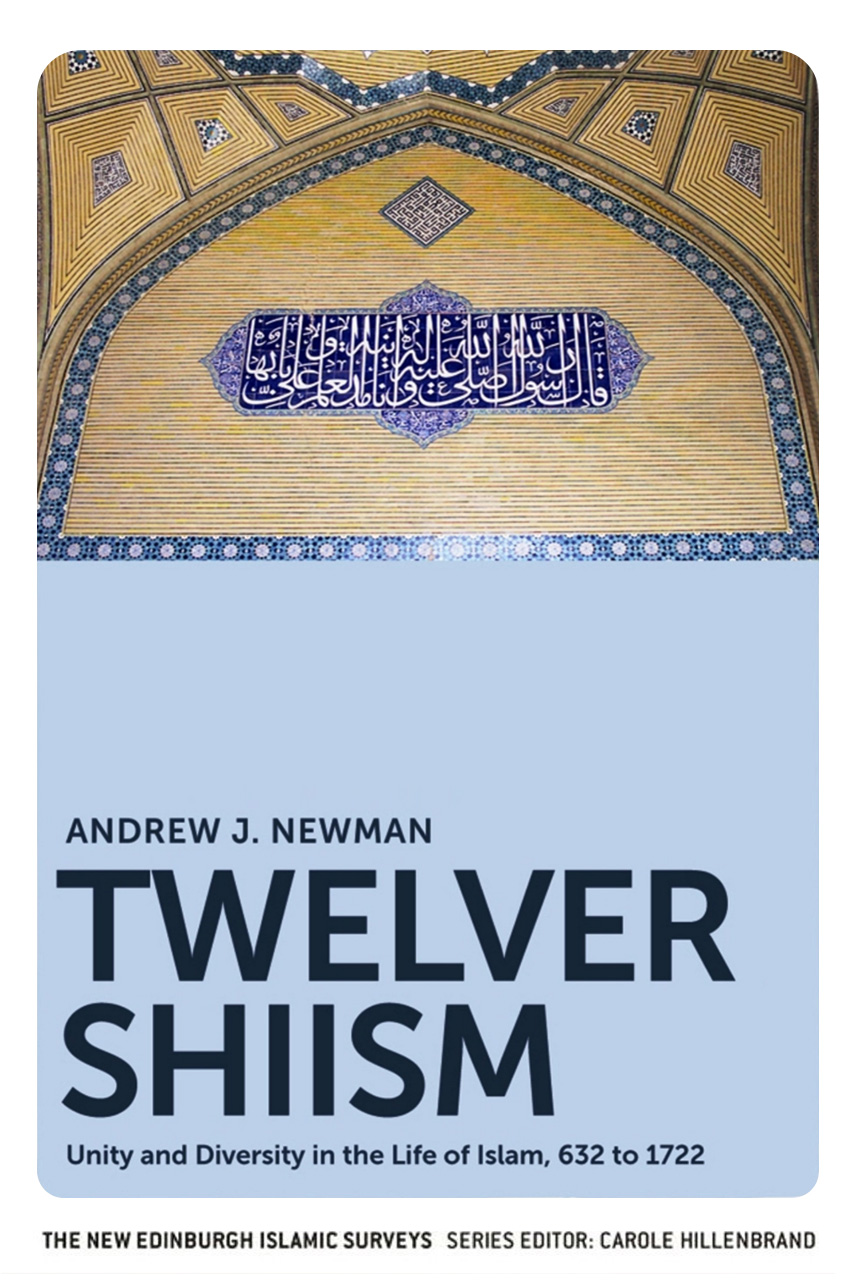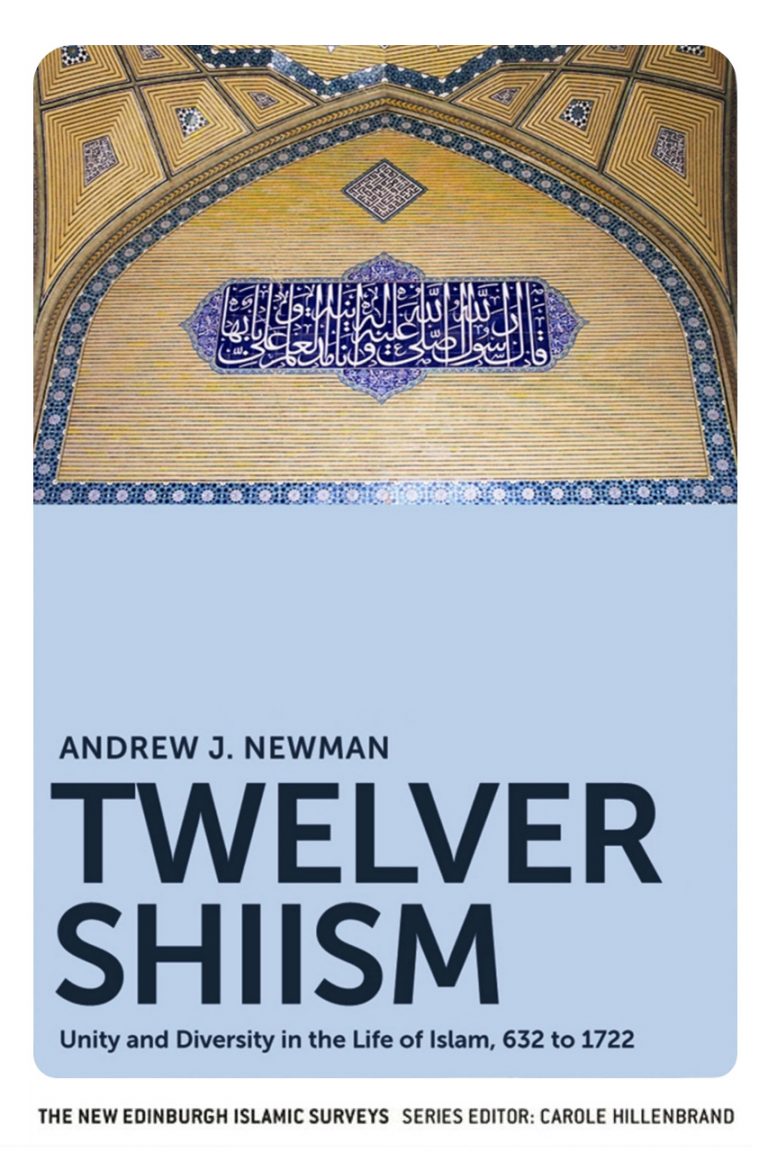Twelver Shiism: Unity and Diversity in the Life of Islam, 632 to 1722
Twelver Shiism: Unity and Diversity in the Life of Islam, 632 to 1722
Introduction
Charts the history and development of one of the most enduring branches of Shi’ism
As many as 40 different Shi`i groups existed in the 9th and 10th centuries yet only 3 forms have survived. Why is Twelver Shi`ism one of them?
As the established faith in modern Iran, the majority faith in Iraq and areas in the Gulf and with its adherents forming sizeable minorities elsewhere in the region, Twelver Shi’ism is arguably the most successful branch of Shi’ism. Andrew J. Newman chronicles the progression of Twelver Shiism, exploring the numerous external challenges and internal disagreements that marked the lives of believers in pockets across the Middle East to the early 18th century. During this time, from the 13th to the 15th century especially, with scholarly activity and the availability of earlier key texts of the faith limited, the region’s many millenarian doctrines and movements threatened its demise. Only by the late 17th century was Twelver Shiism’s survival assured, both in Iran and elsewhere in the region.
Reviews
The Middle East Journal, Volume 69, No 1:
“Twelver Shiism provides a historical account of the development of this sect, from the conflicts over the successors of the Prophet Muhammad following his death in 632 to the fall of the Safavid dynasty in 1722. Newman appeals to a Western, nonspecialist audience that will leave the reader with an understanding of the progression of Twelver Shi‘ism as its followers learned to cope with the political and religious landscape that it encountered. The book pays special attention to the internal and external pressures that Twelvers faced, the diversity of the faith throughout its first millennium of existence, the development of the divide between religious scholars and lay believers, and the wide geographic distribution of pockets of Twelvers from Asia through the Middle East.”
John Cappucci, Journal of Shi‘a Islamic Studies:
“Newman has rendered a vital contribution to the blossoming study of Twelver Shi’ism by delivering a survey of the key intellectual turning points supported by exhaustive references to many primary works.”
George Warner,SOAS, University of London,Journal of the Royal Asiatic Society:
“Newman’s analysis provides a valuable perspective and numerous insights into the long intellectual developments which it covers. Moreover, showing as it does what can be achieved through diligent application of the biographical and bibliographical sources, the work has much to offer as a model for further studies.”
Table of Contents
- Introduction
- 1. Shiism fragmented: the faith and the faithful from the 7th to the 9th century
- 2. Bereft of a leader: the early traditionists and the beginnings of doctrine and practice
- 3. The challenge of ‘the uncertainty’
- 4. Majority and minority: rationalism on the defensive in the later Buyid period
- 5. Betwixt and between: the Twelvers and the Turks
- 6. The Mongol and Ilkhanid periods: the rise and limits of the al-Hilla school of al-Hilla
- 7. The severest of challenges
- 8. Shiism in the 16th century: the limits of power (and influence)
- 9. The past rediscovered and the future assured: Shiism in the 17th century
- Epilogue
- Appendices
- Bibliography
- Index.
Keywords:
Islam; Andrew J. Newman; Edinburgh University Press; Twelver Shi’ism; Shi’ism; history; history of Islam;




